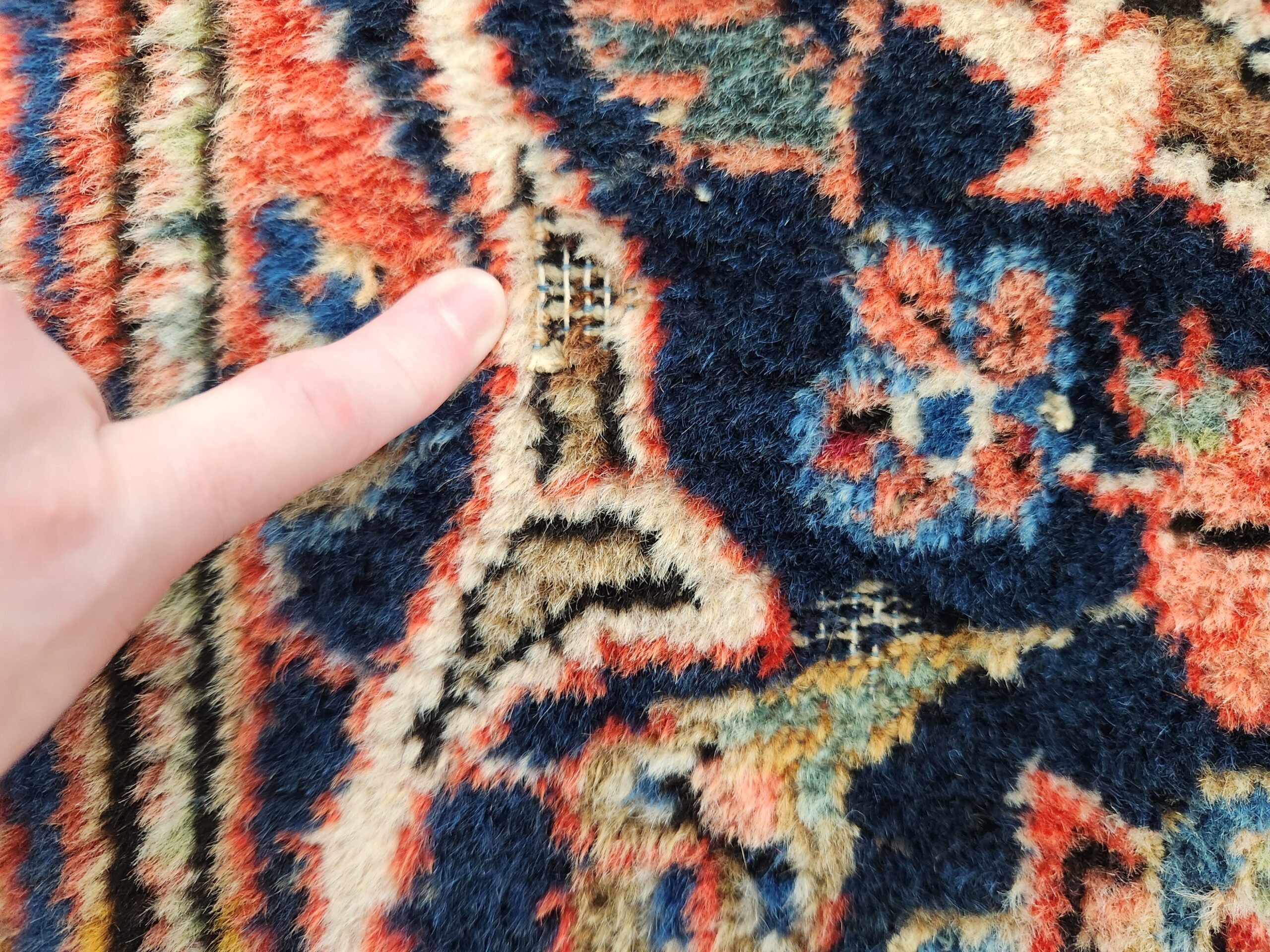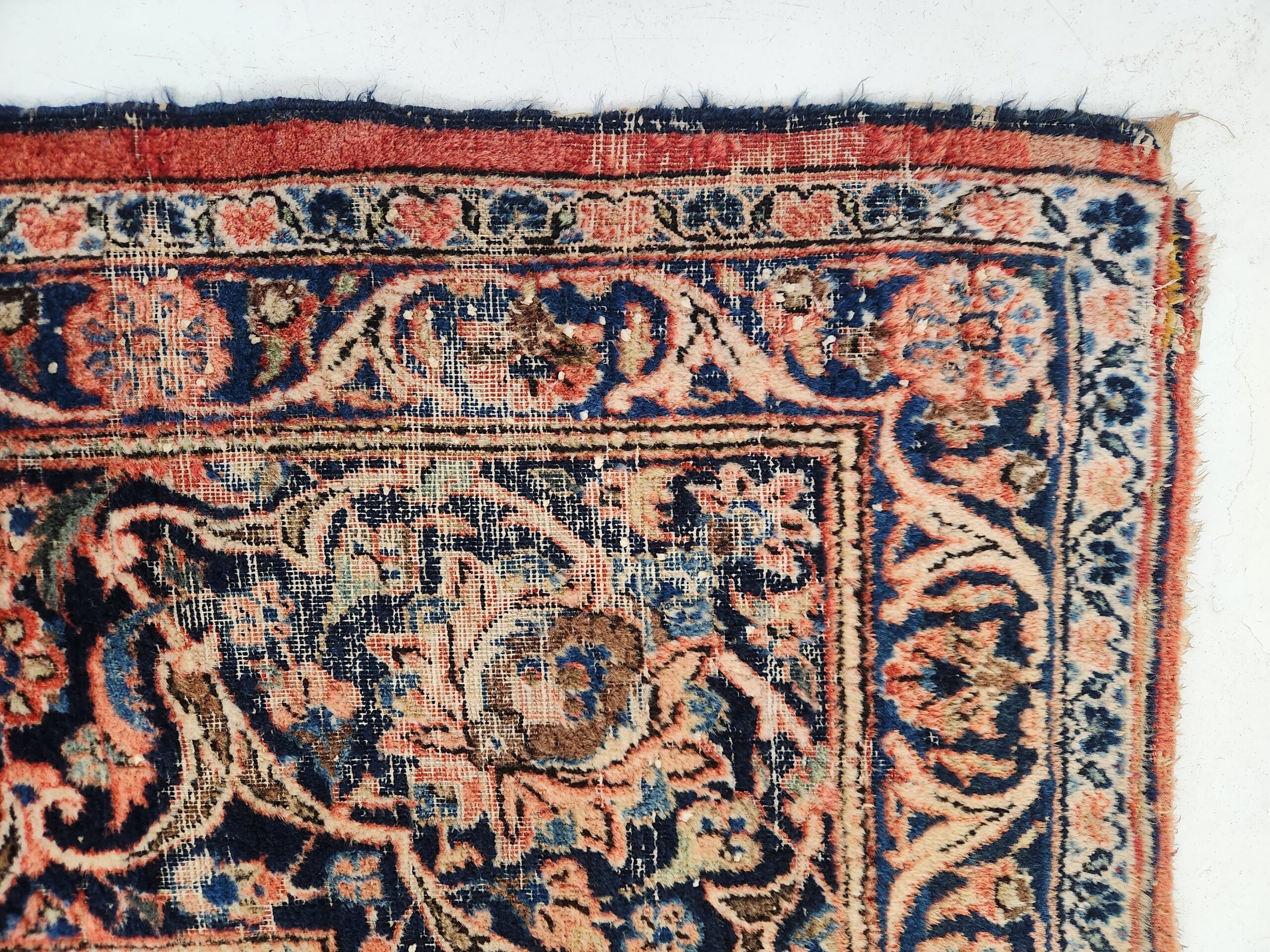If you, like us, are living in the Pacific Northwest, then you’re no stranger to moths. And this familiarity of ours seems to only be growing. Our warmer winters, evolving precipitation patterns, and milder temperatures compared to the rest of the United States, make this area ideal for longer and longer breeding seasons for moths – a phenomenon that seems likely to only increase over time (especially when combined with other factors like urbanization, agriculture, and development affecting the moth’s natural habitats).
Moths, depending on the species and the severity of an infestation, can cause damage to households via holes in fabrics, degradation of carpets and upholstery, and food contamination. This potential damage makes moth prevention and infestation remediation essential for the long term health, cleanliness, and maintenance of any home.
Why Moths Are Attracted To Your Rugs & Carpets
Although moths are not necessarily attracted to rugs and carpets specifically, they are attracted to certain types of fibers that they are made of. Moths are drawn to natural fibers such as wool, silk, and cashmere, which are commonly found in carpets and other home furnishings.
Female moths are especially attracted to these natural fibers as they are looking for a suitable place to lay their eggs. The larvae that hatch from these eggs feed on the fibers of the carpet, which can lead to damage and degradation over time.
Moths are also attracted to carpets that have accumulated dust and dirt, as these materials can provide a food source for the larvae. Regular and professional cleaning and maintenance of carpets, and proper storage of unused fiber items can greatly reduce the likelihood of moth infestations.
Preventing Moths From Damaging Your Wool Carpets or Natural Fiber Home Goods
Here are some tips to prevent moths in the home:
- Regularly clean your carpets, rugs, and upholstery. Supplement your at-home efforts with professional-grade cleanings to remove even the deepest-seeded dirt and dust that attract moths and serves as a food source for larvae.
- Store unused natural fiber items such as wool, silk, and cashmere in sealed containers or bags. Proper storage will prevent moths from laying eggs on these items and causing permanent damage.
- Use mothballs or cedar blocks in closets or storage areas to repel moths. Cedar wood contains natural oils and resins that act as a repellent to moths and other insects, and has antimicrobial properties that can naturally prevent the growth of fungi and bacteria that moths and their larvae may feed on. Another deterrent is mothballs; however, be careful when using them as they can be toxic if ingested.
- Use a dehumidifier to reduce moisture levels in your home. Moths prefer humid environments, so reducing moisture can help discourage them from infesting your home. This becomes especially important during high-moisture seasons like spring.
- Regularly inspect your home for signs of moth infestations, such as small holes in clothing or carpets. If you notice any signs of moths, take immediate action to remove and prevent further infestation. Contact Gallagher’s to receive a free consultation if you suspect your carpets, rugs, or upholstery have been damaged by moths.
- Promptly bring in any rugs or carpets that have been damaged by moth infestation. To prevent further damage and to have a repair assessment for any moth-effected rug or carpet, promptly and carefully bring in damaged pieces for professional cleaning and restoration by a member of the Gallagher’s team.
 What To Do If You Suspect Your Rug or Carpet Has Been Damaged by Moths
What To Do If You Suspect Your Rug or Carpet Has Been Damaged by Moths
If you do suspect that you have moth damage in your home, it is important to take action promptly to prevent further damage and infestation. Here are some immediate steps you can take:
Inspect the affected areas. Look for signs of moth damage, such as small holes in rugs, carpets, or upholstery, or for webbing, or larvae. Check all natural fiber home goods and clothing items, including wool, silk, and cashmere, as well as food items in your pantry.
Isolate and treat affected items. If you find any non-carpet items that have been infested, remove them from the area and place them in sealed plastic bags or containers. You can then freeze the items for a few days to kill any remaining larvae or eggs. Alternatively, you can heat-treat the items by placing them in a hot, dry environment for several hours.
Professionally clean the affected carpets. Get a professional to clean all affected carpets, rugs, and upholstery items. At-home remedies often lack the ability to remove all dirt and debris, opening you up for the continuation of an infestation. If you do attempt at-home carpet and rug cleaning yourself, remember to dispose of your vacuum bag immediately to prevent any larvae or eggs from hatching.
Protect and Monitor your affected areas. Consider using moth repellents such as cedar blocks, mothballs, or pheromone traps to prevent future infestations. Follow the instructions carefully and avoid placing mothballs or other repellents near food items or in areas where pets or children may come into contact with them. Continue to monitor your home, looking for signs of new infestations, and take action immediately if you detect any further damage.
At Gallagher’s, we are happy to help clean and repair your carpets and rugs that have been affected by moths (and help prevent infestations through regular professional cleanings) – contact us. However, if you are dealing with a severe infestation, or are unsure how to properly treat excessive moth damage, consider consulting a professional pest control company for assistance.


